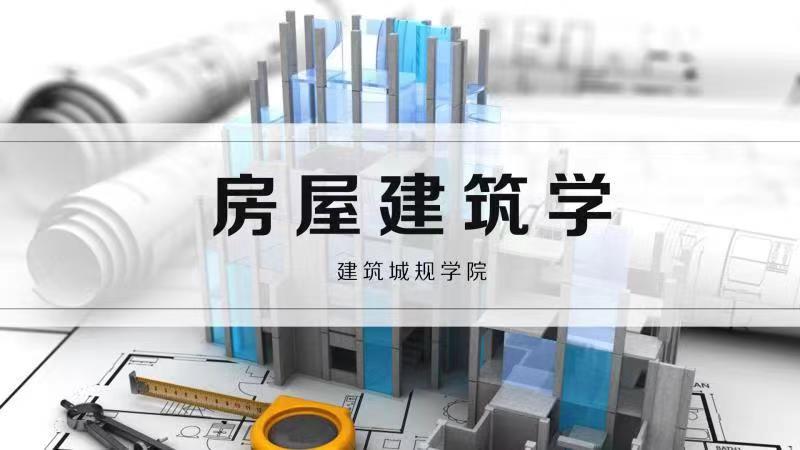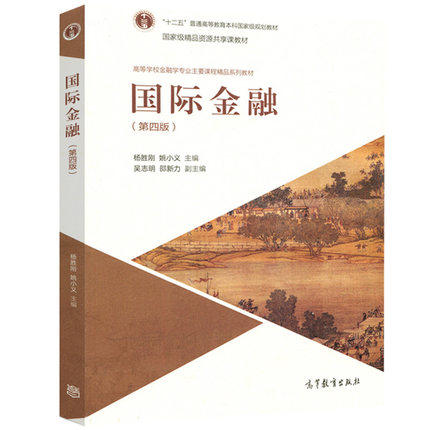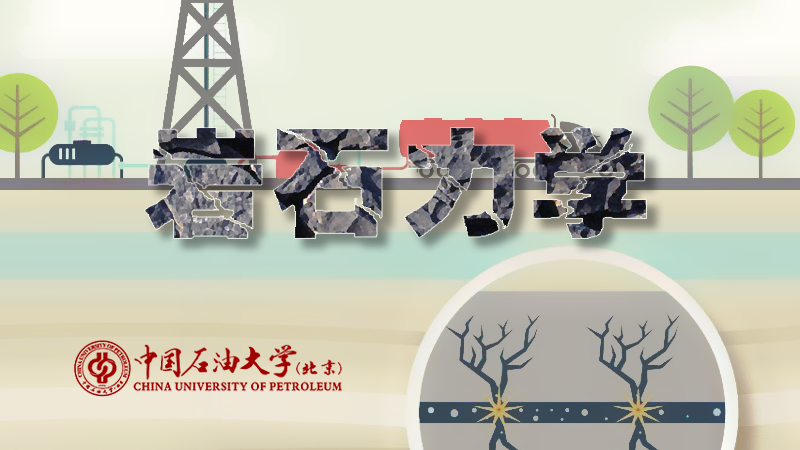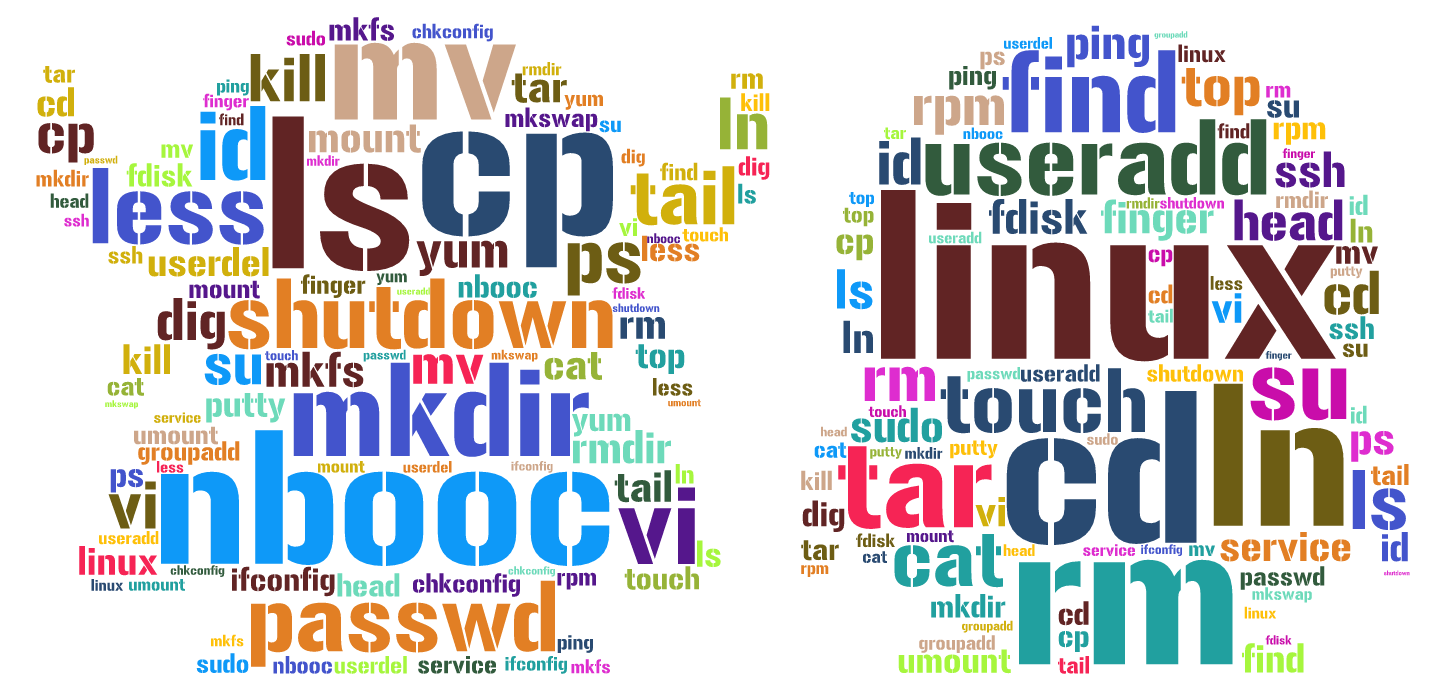
当前课程知识点:环境工程专业英语 > 6. Brief introduction of journal paper writing and publication > 6.11 Title > 6.11 Title
同学们好 我们开始今天的课程
今天 我们将讨论
学术论文写作中的题目部分
在完成讨论和结论部分后
你可以开始写题目
写好题目是不容易的
你需要用尽可能最少的单词来陈述
你的论文中讲了什么
题目的作用包括吸引读者
便于编制索引和文献检索
便于编辑和审查
当你开始写题目时
请记得 正确性
正确性即如实陈述了论文中写的内容
简洁性 通常
中文论文题目要少于20个字
英文论文题目要少于15个单词
明确性
题目应能清楚说明文中的关键内容
好的题目被定义为用尽可能最少的字
来正确地阐述清楚论文中的内容
我想提供一些方法策略
供你写题目时使用
一是
包含尽可能多的相关信息
但是要简洁
二是
突出使用关键字
例如 你可以说
pH值对活性污泥制备生物柴油的影响
如果你知道pH值
如何影响生物柴油的产生
你可以这样说
低pH值可改善活性污泥产生生物柴油的能力
我们可以找到其中的关键词 对吧
如 pH 生物柴油生产
活性污泥
使用关键词来构成你的题目
你也可以这样说
微波强化类芬顿工艺反应
用于处理高浓度制药废水
这是其关键词
并且尽量把关键词放在题目靠前部分
如果你不能做到
你可以用一些标点符号 像这样的
将关键词部分与说明部分分开
例如
排泥是SBR好氧污泥颗粒化的决定因素
这是关键词部分
但我们仍想对这些关键词进行说明
这时你就可以用
将关键词部分和说明部分分开 对吧
获取有关这些关键词的更多信息
你能告诉读者
你想在这项研究中做些什么工作
您想对此研究进行的建模和实验验证
所以有时 和 会被用到
三是
选择名词短语 陈述或问题
通常 陈述型标题仅适用于
解决特定问题的
仅给出简单答案的论文
如果你基于研究获得了很简单的答案
你可以用陈述型标题
但是 当没有简单的答案可展示时
把标题写成一个问题更合适
例如 这篇发表在《自然》杂志上的论文
作者使用这个问题作为题目
海上油井能否拯救沿海城市
我们知道
对这样的问题 无法获得简单的答案
他们也无法通过其研究获得简单的答案
所以就用这个问题作为了论文题目
这样如果你对这个问题很感兴趣
你就会通读这篇文章
第四是
避免名词短语中的歧义
一般准则是将名词短语
限制为不超过三个单词 好吗
最多三个单词
并且要保证没有歧义
如果写的太长
可以通过插入阐明含义的介词来重写
例如
你可以用 of by for
如果你要写一个很长的短语 例如
如果你想讨论酶活性抑制有关的问题
这三个词能组成一个短语
但当你理解这个短语时 它有两个意思
可以是抑制酶的活性
也可以是被酶的活性所抑制
所以如果你想表达正确的意思
要用这些单词
我也给你提供了一些写标题的技巧
供你写论文题目时参考
要关注你研究中的新颖点所在
可以使用方法型的标题
或是基于研究的有趣的结论型标题
仅包含 提供一个关键信息
不要在题目中写太多
并且你的标题应该是描述性的
要使标题读起来易于理解
请避免使用复杂的复合名词
要避免使用这些词
像是 On the Study Investigation
因为通常我们会在中文题目中用这些词
但请不要将其用在英文题目中
尽量避免使用读者不熟悉的首字母缩略词
请谨慎使用过于绝对的标题
例如 某物导致了某物
这是非常强硬的语气
写作时要注意这一点
添加关键词
以在电子搜索中获得更多检索次数
并要慎重在标题中使用标点符号
今天的课就到这里
同学们下节课见
-1.1 Introduction of water resource
--1.1 Introduction of water resource
-1.2 Conventional drinking water treatment
--1.2 Conventional drinking water treatment
-Task 1
-2.1 Introduction of wastewater
--2.1 Introduction of wastewater
-2.2 Introduction of wastewater treatment
--2.2 Introduction of wastewater treatment
-2.3 Physical unit process
-2.4 Chemical unit process
-2.5 Fundamentals of biological unit processes
--2.5 Fundamentals of biological unit processes
-2.6 Suspended growth biological treatment processes
--2.6 Suspended growth biological treatment processes
-2.7 Attached growth biological treatment processes
--2.7 Attached growth biological treatment processes
-2.8 Anaerobic biological treatment processes
--2.8 Anaerobic biological treatment processes
-2.9 Nutrient Removal processes
--2.9 Nutrient Removal processes
-Task 2
-3.1 Smog
--3.1 Smog
-3.2 Visibility and haze
-3.3 Particle size
-3.4 Climate change
-Task 3
-4.1 What is solid waste
-4.2 Issues in solid waste
-4.3Management of solid waste
--4.3 Management of solid waste
-4.4 Source control of solid waste
--4.4 Source control of solid waste
-4.5 Collection and transportation of solid waste
--4.5 Collection and transportation of solid waste
-4.6 Waste treatment technology
--4.6 Waste treatment technology
-4.7 Destination of solid waste treatment
--4.7 Destination of solid waste treatment
-Task 4
-5.1 A brief introduction of research
--5.1 A brief introduction of research
-5.2 How to read scientific papers and management of references
--5.2 How to read scientific papers and management of references
-5.3 Research proposal (1)
-5.4 Research proposal (2)
-Task 5
-6.1 What makes a great paper
--6.1 What makes a great paper
-6.2 Writing style of journal paper
--6.2 Writing style of journal paper
-6.3 Research article structure
--6.3 Research article structure
-6.4 Figures and tables
-6.5 Methodology(1)
-6.6 Methodology(2)
-6.7 Result
-6.8 Introduction(1)
-6.9 Introduction(2)
-6.10 Discussion and conclusion
--6.10 Discussion and conclusion
-6.11 Title
-6.12 Attribution
-6.13 Abstract and acknowledgement
--6.13 Abstract and acknowledgement
-6.14 Submission of academic paper(1)
--6.14 Submission of academic paper(1)
-6.15 Submission of academic paper(2)
--6.15 Submission of academic paper(2)
-6.16 Publication of academic paper
--6.16 Publication of academic paper
-Task 6
-7.1 E-mail expression
-7.2 The structure of presentation
--7.2 The structure of presentation
-7.3 The delivery of presentation
--7.3 The delivery of presentation
-7.4 Question and answer session
--7.4 Question and answer session
-7.5 Chairing a conference



